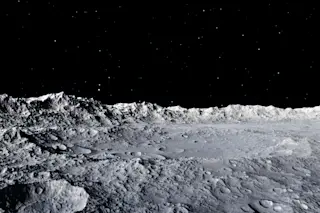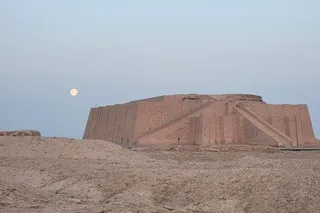Here on Earth, we take from the moon countless myths, legends and mysteries. We give it, in return, a bunch of high-energy electrons from our magnetosphere’s plasma sheet. But this is not such a piddling gift, according to a new paper, which proposes that these electrons react with the moon’s surface to create water.
Scientists have long presumed that the solar wind – an outpouring of particles from the sun – creates water on the moon. In doing so, it has joined impacts from icy comets and meteorites in adding the compound to our largest satellite.
Water on the moon has become a very big business since both U.S. and China plan to send rovers to Luna to sample it firsthand. With the right technology, water can be broken down to oxygen and hydrogen, components of rocket fuel. Astronauts could drink it, too, making it one of the most useful ...














